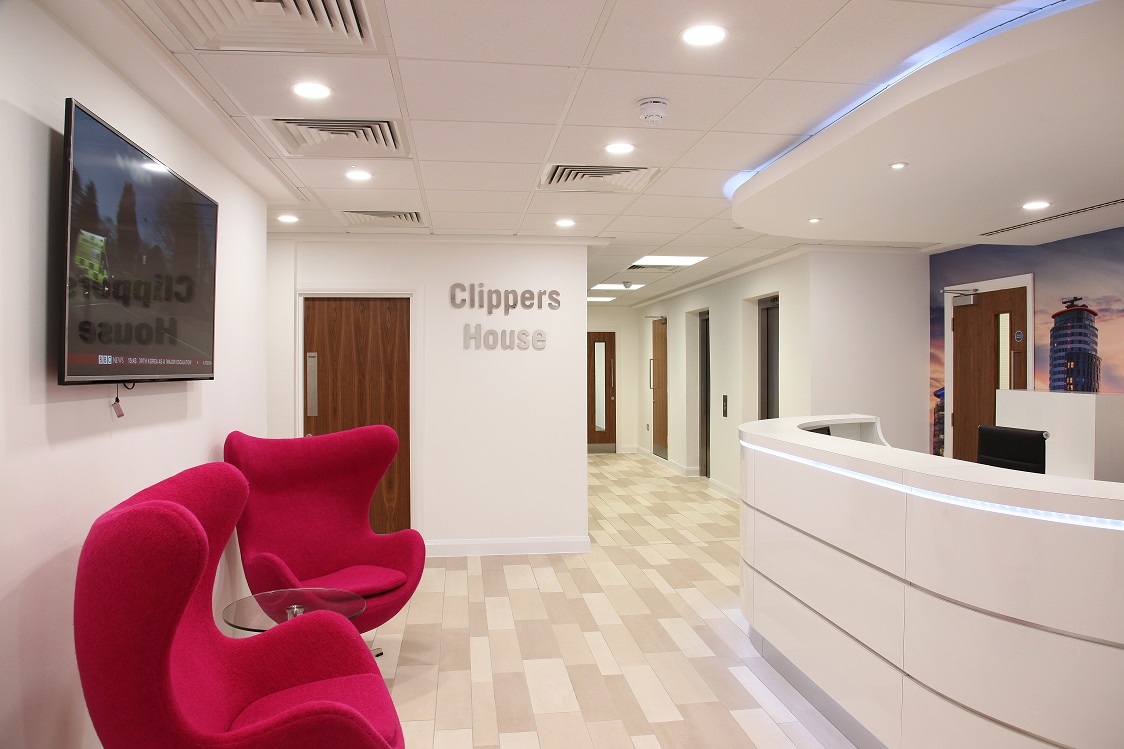
Best known as the headquarters of London’s global financial centre, Canary Wharf has become one of the capital’s most popular addresses for residential property investment.
Here we list 10 of the most compelling reasons to invest in Canary Wharf:
1. Centre of Regeneration: The Transformation From Derelict Dock to Leading Financial District Continues
The site where the Wharf stands was once the busiest shipping port on the globe, dating as far back as 1802. However, the docks began to decline in the 1950s leading to their closure in 1980. This gave way to a huge government backed re-redevelopment of the whole area which was granted status as an enterprise zone in 1983. Today, skyscrapers such as One Canada Square, which dominate the district, bear no resemblance to the Wharf’s former days as a shipping port.
Since the 1990s, regeneration has continued despite the area’s relative maturity in comparison to other London districts. From infrastructure improvements to business expansions and the opening of new retail complexes such as Crossrail Place, the development and popularity of this locale continues to grow.
2. Advanced Transport: A Transport Infrastructure Which Cannot Be Compared
Canary Wharf holds the capital’s most futuristic and sophisticated hub of travel interchanges integrating the DLR, Tube and Thames Clipper river bus services.
DLR
The DLR is London’s only automated metro system, built to serve the Docklands and its rapidly transforming business district. The service links the capital’s two financial hubs – the City and Canary Wharf, and will also link to its third, with the emerging status and massive investment being generated across the Royal Docks.
Jubilee Line
With an average two minute journey time between stations, the Jubilee Line connects to London’s entire transport network while crossing the metropolis in around 20 minutes. With the imminent introduction of a 24-hour Friday and Saturday service, and already being the third busiest on the Tube network, the Jubilee line is fast becoming the capital’s most important and strategic service.
Thames Clipper
For those who prefer the scenic route, Thames Clippers provide regular and fast connections from Canary Wharf to key commuter hubs including Tower Hill, London Bridge, Greenwich, Embankment and Waterloo. With airline-style seating, coffee bars and disabled facilities, the Clippers offer a highly efficient form of public London transport.
3. International Airport: Convenient Travel to 32 Overseas Destinations Including New York
Not many London locations can boast an international airport practically on their doorstep.
Having received the green light for a £200 million expansion, the airport is set to increase the number of arrivals and departures from 70,000 a year to 111,000, almost doubling the number of passengers to six million a year by 2023. Destinations will also expand as larger aircraft will enable flights to Russia and South Africa. The expansion further endorses London City Airport as a world class international gateway for business and private travellers alike.
4. The Crossrail Effect: A New ‘Super Highway’
Infrastructure expansions have historically played a key part in property price performance, especially in the London property market. The extension of London Underground’s Jubilee line in the late 1990s was the largest addition to London’s transport network in more than 25 years and was thought to have generated a land value of about £9 billion.
The new Crossrail interchange at Canary Wharf is one of the largest of its passenger hubs. The £500 million complex descends six-storeys providing some £100,000 square feet of retail space alone. When fully-operational in 2018 the line will provide direct connections to Heathrow Airport amongst a host of other east-west destinations.
Canary Wharf is tipped as one of Crossrail’s biggest winners with international property agents JLL predicting a price growth forecast of 44% by 2020.
5. Business and Finance: The Centre of Global Commerce
With over 97 acres of some of the world’s most highly specified urban architecture and public realm, the number of bankers now employed at Canary Wharf has overtaken that of the City of London, making the district the biggest employer of bankers and executives in Europe. From global banks to leading law firms and media agencies, Canary Wharf’s tenants include Bank of America, Clifford Chance and Trinity Mirror.
Canary Wharf is now attracting London’s fast emerging tech industry – fuelling its next phase of growth.
6. Leisure and Amenities: A Showcase for Opulent Leisure and Sophisticated Cultural Style
Canary Wharf provides the ultimate lifestyle destination for retail excellence, fabulous al-fresco cuisine, art, entertainment and an endless array of diverse culture and recreational pursuits. Its accolades include 845,000 square feet of retail therapy, one of the UK’s most sizable collections of public art and the largest health club in Europe.
The latest retail and dining experience opened in May this year above the Canary Wharf Crossrail station. Crossrail Place, marketed as ‘a brand new world,’ offers famous dining at Big Easy, unique cinema screening at Everyman and Psycle gym for fitness fanatics.
7. Riverside Appeal: The Heart of the Capital is the River Thames
The River Thames is considered by many as Britain’s most valuable development site, attracting over 20 million visits a year from walkers, joggers, cyclists, tourists and cruise ship passengers.
Flowing through the capital the River Thames reaches Canary Wharf as it loops around the Isle of Dogs, creating scenic docks which surround the Wharf and extend to West India Quay. From dockside bars and eateries to river boat transport and a rich waterside heritage, the River Thames adds culture, charm and convenience to Canary Wharf.
8. Location, Location, Location: All of London Within Easy Reach
A fantastic infrastructure and convenient location means that Canary Wharf is perfectly placed to experience the very best that the capital has to offer.
Finance and fine dining in the City – 11 minutes to Bank via DLR
Spectacle of arts and culture at the South Bank – 9 minutes to Waterloo via Jubilee line
High-end fashion and theatre of the West End – 15 minutes to Bond Street via Jubilee line
9. Capital Growth: 40-50% Property Price Growth from 2015 to 2020
Regeneration, Crossrail and property demand have together sustained strong capital growth in Canary Wharf.
Knight Frank’s April 2015 figures from their Spring Residential Report highlight a striking 9.2% house price growth in Canary Wharf over the past 12 months; exceeding the average London figures of 2.8% in prime central and 4.5% in prime outer London. And figures are set to rocket even further with the arrival of Crossrail bringing an anticipated 44% increase between 2015 and 2020 according to JLL.
10. Buy-to-Let Potential: Employment has Quadrupled in a Decade
With over 100,000 employees and executives in Canary Wharf, the potential from the corporate rental catchments can’t get any better but it can get bigger! As commercial expansion continues, most interestingly led by new interest from the tech-industry, employment is forecast to double to 200,000 over the next decade. Today the district is the biggest employer of bankers in Europe and London’s highest salary postcode which averages £100,000.



